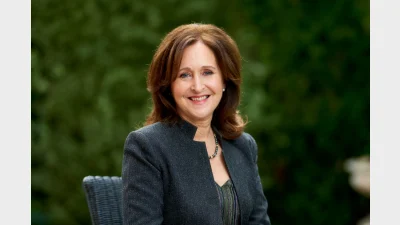Members will be poorer if unlisted asset values are published



AustralianSuper only publishes a dollar range value of its unlisted assets otherwise its members will end up poorer in retirement, according to its chief executive, Ian Silk.
Speaking at the Standing Committee on Economics, Silk said while almost all assets in its portfolio had published a dollar value, unlisted asset values were published only with a dollar range.
“The reason we've published a dollar range—and they're only for unlisted assets; listed assets obviously have a public market—is very similar to if a member of the committee were selling their house and had a reserve of a million dollars. You don't put that out into the market, because a buyer might come along and offer to pay $1.1 million, but, if they know the reserve is a million, they're going to be reluctant to do that; they might come along and offer $950,000, for example. That's the reason,” he said.
“We don't want potential buyers having a market advantage that would see them act in a way that would be to the detriment of the fund's members. We're all about maximising the investment return of the fund for the benefit of the two million Australians that are members of AustralianSuper and, if we were to publicly divulge the valuation that we hold an asset at, we think that's going to be the detriment of the fund's members.”
When asked by Labor MP Dr Andrew Leigh, if members would effectively end up poorer in retirement if the figures were published Silk said “ultimately, yes; that’s right”.
Silk said the fund considered unlisted assets as mid-risk assets and viewed to hold them for the long-term.
“Many of them provide strong, stable, long-term income streams—for example, long-term leases with the Commonwealth government in a large CBD property, or an infrastructure asset where government has committed to pay a regular income stream over an extended period of time,” he said.
“They might not generate the strong outperformance of equities but, in the context of a balanced, diversified portfolio aimed to generate strong long-term returns, they're a terrific contributor.”
When IOOF chief executive, Renato Mota, was separately questioned on unlisted assets, Mota said the large part of the long-term return gap of around 1.8% between retail and industry funds was the use of unlisted assets.
However, Mota said that unlisted assets needed to be better defined as growth or defensive.
“It would be to have a consistent across-the-industry classification of what is growth and what is defensive. I think that would make a significant step forward in allowing the industry, in the first instance, to have a more educated position on some of these portfolios and, therefore, to be able to communicate that to members,” he said.
Recommended for you
An Australian superannuation delegation will visit the UK this month to explore investment opportunities and support local economic growth, job creation, and long-term investment.
An ASIC review has identified superannuation trustees are demonstrating a “lack of urgency” around improving their retirement communication and still taking a one-size-fits-all approach.
Superannuation funds have welcomed the boost that Treasury’s improvement on the Low-Income Superannuation Tax Offset will have for women and younger members.
The proposed changes to the Low-Income Superannuation Tax Offset (LISTO) has been applauded by the superannuation sector.









